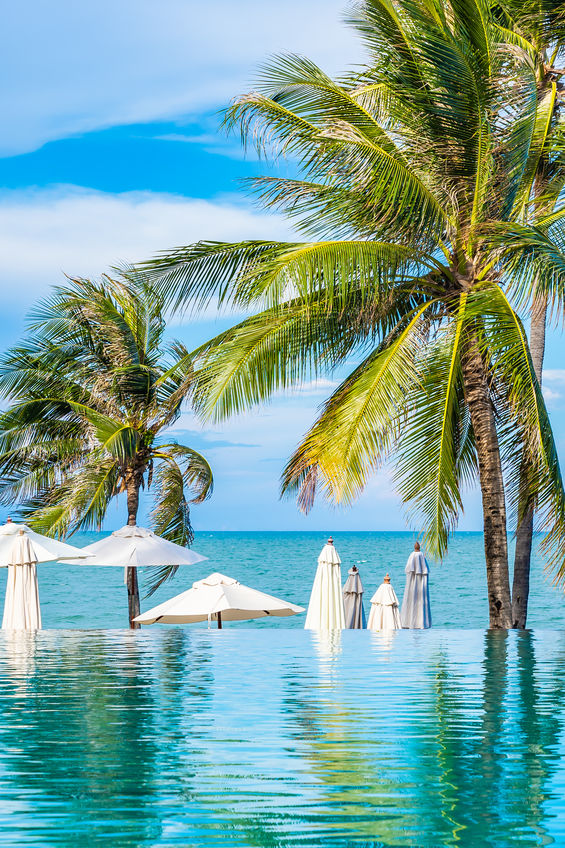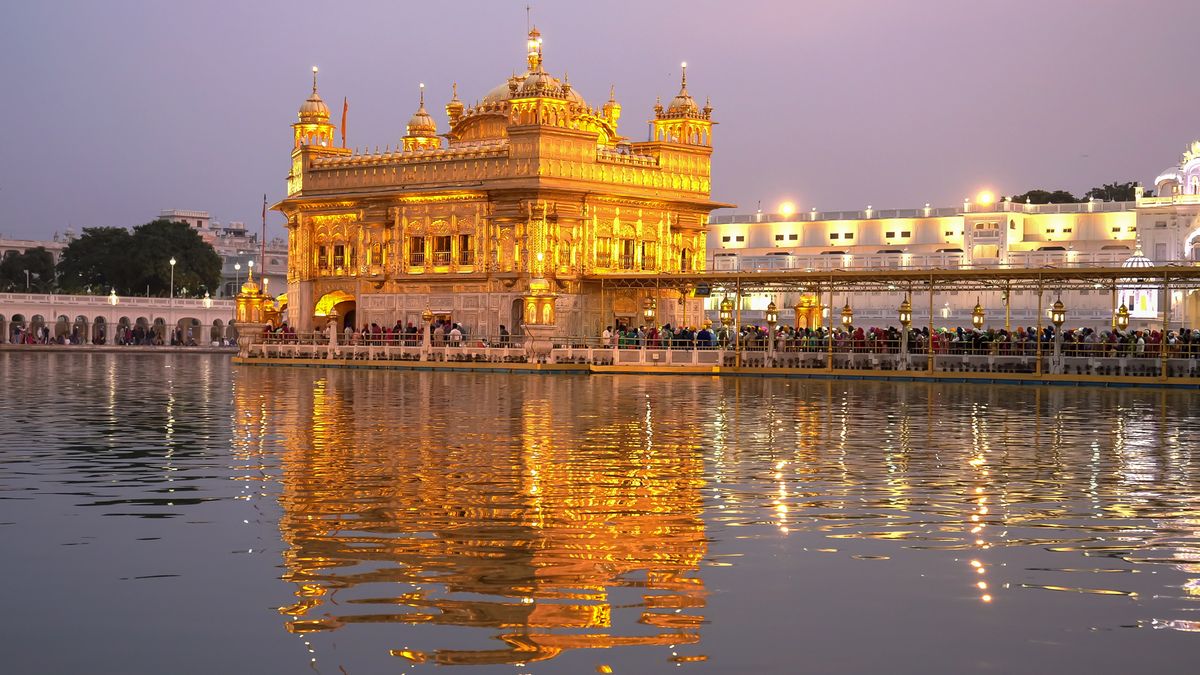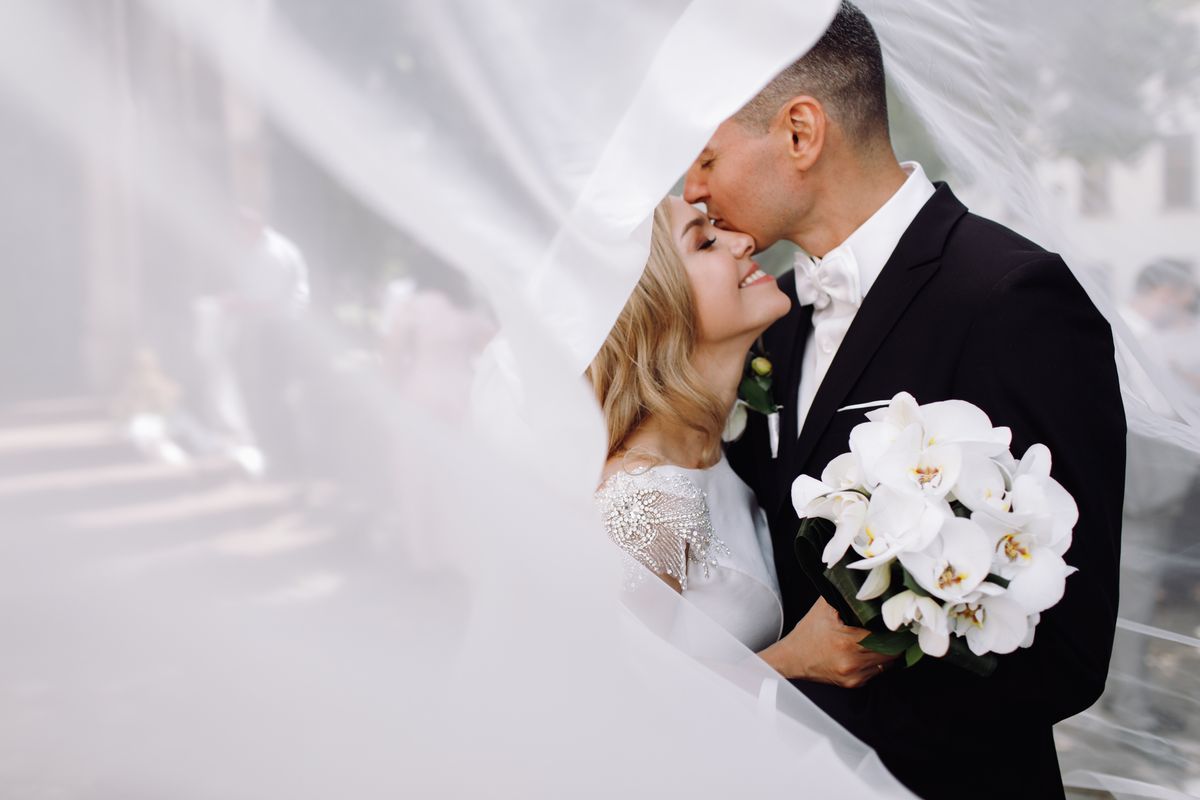
About the tour
Patna is the capital of the Indian state of Bihar, its most populous city and the second most populous city in Eastern India after Kolkata. It is the administrative, industrial and educational centre of the state.
Accommodation
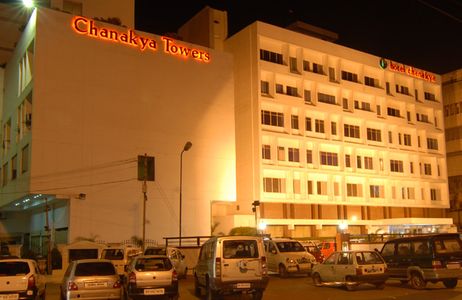
Hotel Chanakya or Similar
1 night(s) in Patna
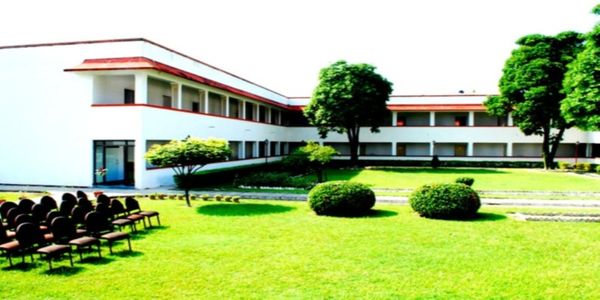
Lotus Nikko Hotel or Similar
2 night(s) in Kushinagar
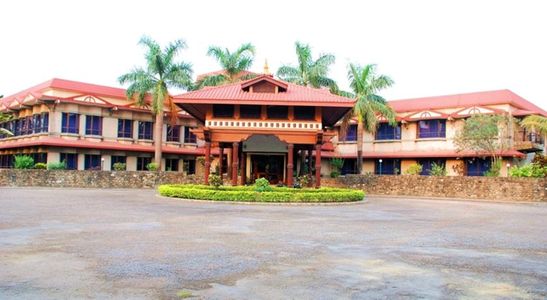
Hotel Nirvana Luxury International or Similar
1 night(s) in Lumbini
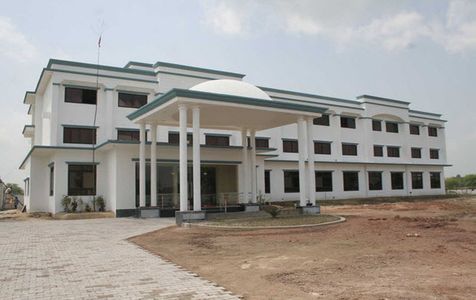
Hotel Pawan Palace or Similar
1 night(s) in Sravasti
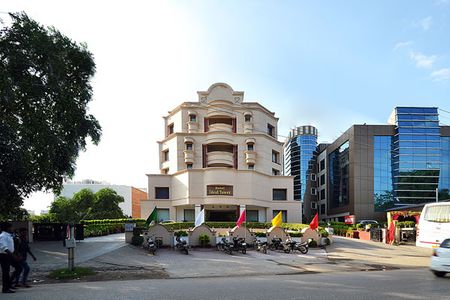
The Amayaa or Similar
1 night(s) in Varanasi
The Royal Residency or Similar
1 night(s) in Bodhgaya

Indo Hokke Hotel or Similar
1 night(s) in Rajgir
Included in the price
Patna
- All transfers and sightseeing by AC taxis of the kind Indica / Indigo / Tata Sumo / Similar taxi
- The taxis would cover the area as per the defined itinerary. The vehicle will not be at disposal for anything else
Patna
- All transfers and sightseeing by AC taxis of the kind Indica / Indigo / Tata Sumo / Similar taxi
- The taxis would cover the area as per the defined itinerary. The vehicle will not be at disposal for anything else
Day-wise Itinerary
ExpandDay 01 : Arrival At Patna
Pick up at Airport / Railway Station on arrival at Patna. Check into hotel. Sightseeing of the city in AC taxi. Patna was known as Patliputra in ancient times.It was the capital of powerful kingdom of Magadh which in West started from modern day Afghanistan and extended till modern day Bangladesh in East. During ancient times,Megasthenes (350-290 BCE), the Greek historian and traveler, referred to it in Greek as Palibothra or Palimbotra. The place appears in the records of the Chinese traveller, Fa Hien (5th Century), as Pa-lin-fou. This city has been the main centre of religions like Buddhism, Jainism and Hinduism in ancient times and is also very important centre for the religion of Sikhism. Visit Patna Museum and explore the wonderful historical relics and artifacts preserved at the museum. Thereafter visit Kumhrar that has ruins of the ancient city of Pataliputra. Overnight stay at hotel.
Day 02 : Patna - Kushinagar
- After breakfast, we will leave for Vaishali by road. Vaishali was a democratic republic in ancient times. There is an ancient pond, where the newly elected ruler would take a ritual bath. The water of this pond was believed to be sacred and full of divinity.
- There are two stupas in Vaishali. These stupas contain one eighth of the sacred ashes of Lord Buddha in a stone casket.
- Ashoka the Great, one of the strongest kings in ancient India, was a staunch follower of Lord Buddha. To show his gratitude to Lord Buddha he built a Lion Pillar at Vaishali. This 18.3 m high pillar is constructed at the place where Lord Buddha gave sermon for the last time. The pillar is made from well polished single piece red sandstone. On the top is capital in a bell shape accompanied by a life-size figure of a lion.
- In the evening, leave for Kushinagar. Night stay at Kushinagar.
Day 03 : Kushinagar
Kushinagar is the place where Lord Buddha breathed his last and attained Parinirvana. In ancient times, Kushinagar was known as Kushinara and was the capital of the Malla republic, one of the republican states of northern India during the 6th and 5th centuries BC. There are several new monasteries and temples. There is Rambhar Stupa that marks Buddha's cremation ground. Mahakashyapa lit the funeral pyre at Mukutabandha Vihara (Rambhar Stupa) in Kushinagar. Today not much remains of this stupa expect a large brick mound rising to a height of almost 15 metres set within a well-kept park. Visit the large Burmese Chandramani Bhikshu Bharamasala. This is the oldest monastery in Kushinagar
Day 03 : Kushinagar
Kushinagar is the place where Lord Buddha breathed his last and attained Parinirvana. In ancient times, Kushinagar was known as Kushinara and was the capital of the Malla republic, one of the republican states of northern India during the 6th and 5th centuries BC. There are several new monasteries and temples. There is Rambhar Stupa that marks Buddha's cremation ground. Mahakashyapa lit the funeral pyre at Mukutabandha Vihara (Rambhar Stupa) in Kushinagar. Today not much remains of this stupa expect a large brick mound rising to a height of almost 15 metres set within a well-kept park. Visit the large Burmese Chandramani Bhikshu Bharamasala. This is the oldest monastery in Kushinagar
Day 03 : Transfer To Lumbini
In the morning we will drive to Kapilvastu in Nepal. This was once the center of the Shakya clan, where Siddhartha (Lord Buddha) spent his childhood and made "trips" with his charioteer who encouraged him to think about the meaning of life. This place had his family home and garden. Later we will drive to Lumbini. Lord Buddha lived at Lumbini till the age of 29. Lumbini has a number of temples, including the Mayadevi temple. Also located here is the Puskarini or Holy Pond where Lord Buddha's mother took the ritual dip prior to his birth and where he, too, had his first bath. Night stay in Lumbini.
Day 05 : Sravasti
In the morning, after breakfast, we will drive to Sravasti. Sravasti (ancient Savatthi) was the capital of Kosala Mahajanapada and was the biggest town in the Gangetic plains during the Buddha's lifetime. Sravasti was host to the Master for 25 years during the annual vassavasa (rain retreat) when the Sangha congregated at one place. In the evening we visit the famous monastery where Lord Buddha spent 24 rainy seasons preaching. Overnight stay in Sravasti.
Day 06 : Trasfer To Varanasi
- In the morning, after breakfast, we will drive to Sarnath. This place has the deer park where Gautama Buddha first taught the Dharma, and where the Buddhist Sangha came into existence through the enlightenment of Kondanna. This is the place where Lord Buddha taught the four noble truths and the teachings associated with it.
- Ashoka, the great Buddhist King of ancient India, constructed a giant pillar with a Lion Capital on it. Today, this capital is preserved in the Sarnath Museum and is the national emblem of India.
- Later, we will drive to Varanasi, an important temple town of ancient India. Night stay at Varanasi.
Day 07 : Varanasi - Bodh Gaya
- After breakfast, leave for Bodh Gaya by AC taxi.
- According to Buddhist traditions, circa 500 BC Prince Gautama Siddhartha, wandering as an ascetic, reached the banks of the river Phalgu, near the city of Gaya. There he sat in meditation under a bodhi tree (Ficus religiosa). After three days and three nights of meditation, Siddhartha attained enlightenment and thus became Lord Buddha. He then spent seven weeks at seven different spots in the vicinity meditating and considering his experience.
- The Mahabodhi temple is located in the east adjacent to the original Bodhi tree. It actually stands on the temple erected by Emperor Ashoka and rises in the form of pyramidal spire till it reaches its neck, which is cylindrical in shape. Several Buddhist temples and monasteries have been built by the people of Bhutan, China, Japan, Myanmar, Nepal, Sikkim, Sri Lanka, Taiwan, Thailand, Tibet and Vietnam in a wide area around the Mahabodhi Temple.
- Night stay in Bodh Gaya.
Day 08 : Transfer To Rajgir
- n the morning, we will leave for the holy city of Rajgir (Rajgrahi) which is a famous pilgrimage centre for Buddhists and Jains. Gautam Buddha, the founder of Buddhism came here numerous times with his Sangha. Ceramics dating to about 1000 BC have been found in the city. There are several archeological sites related to Lord Buddha and Lord Mahavira in this place.
- The various hot water springs, which are believed to have curative properties, are sacred to the Buddhists, Hindus, and Jains. Separate bathing places have been set up for men and women at Saptdharna; the seven streams behind the Saptarni Caves. Brahmaputra is the hottest spring with water temperature being 45 degree C.
- Night stay in Rajgir.
Exclusions
Expand- Service tax extra as applicable (3.09%) Cost for supplementary service, optional Tours, Up-gradation Charges and Monument entry charges Cost for Airfare or Train fare for arrival and departure Cost for service provided on a personal request Cost for personal expenses such as laundry, bottled water, soft drinks, incidentals, porter charges, tips etc.
Terms and Conditions
Expand- The Package is valid for Indian Nationals Only.
- Per person rates (in Rs.) - applicable on 2 persons staying together sharing the same room
- Service Tax extra (as applicable)
- Transportation as per itinerary only (not available at disposal)
- The distance mentioned in the itinerary is correct however travel time depends on traffic and road condition.
- Itinerary is subject to change / swap without any prior notice
- Package rates are subject to change without prior notice
- Meal plan: Breakfast & dinner
- The package cannot be combined with any other offer
- Refund on cancellation depends upon concerned hotel's cancellation policy
- The above package is valid only on specific departure dates as mentioned
- Mandatory document for any traveler (Indian National) - To submit a properly addressed valid Photo ID Proof to check-in the hotel. This could be original passport, driving license, voter ID etc.
